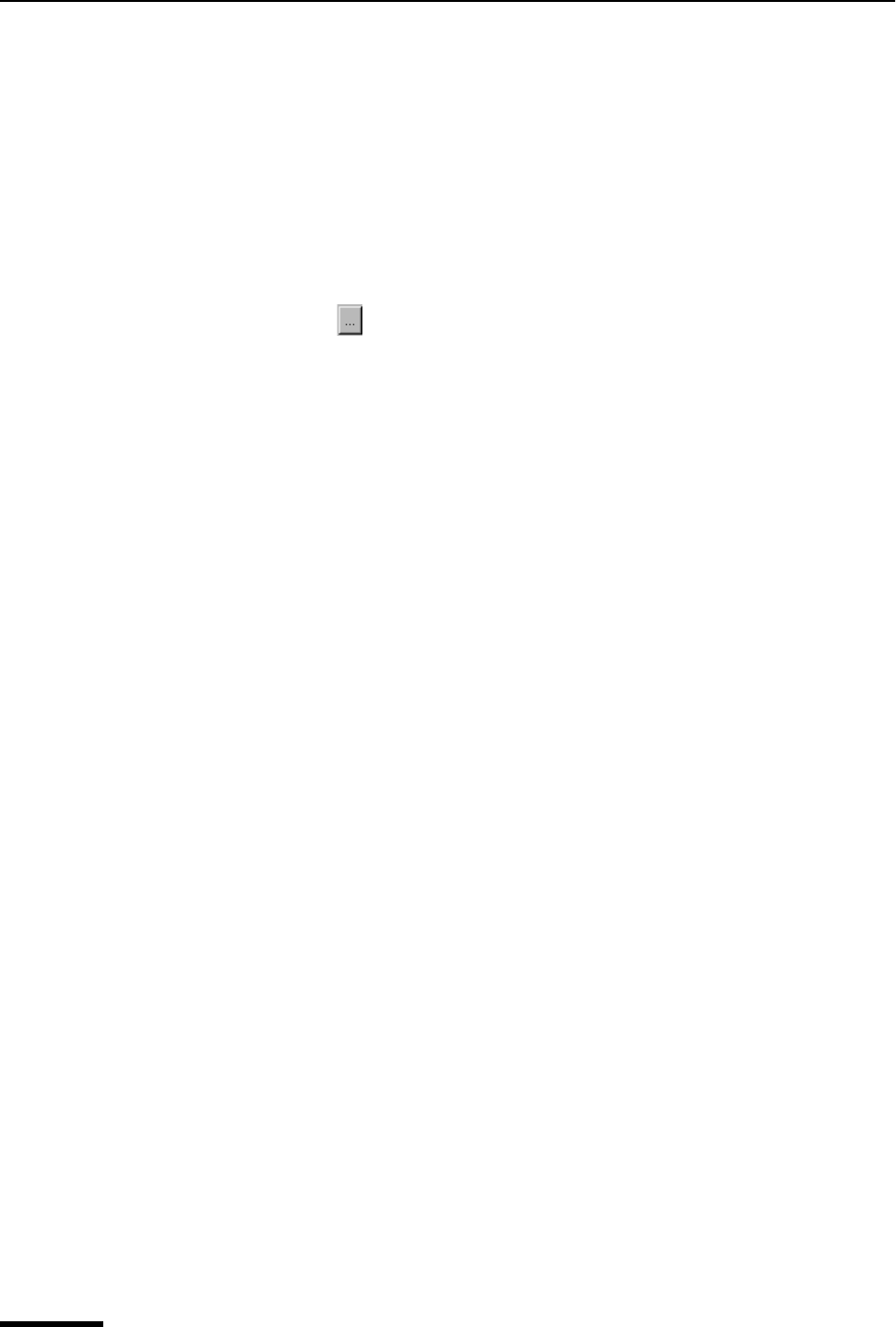
Eudora User Manual Filtering Messages
116
QUALCOMM Incorporated
Print—Prints one copy of each message.
Notify User—Notifies you “As Normal” and/or “In Report” when messages are received.
The “As Normal” option notifies you based on the options you have selected in the Getting
Attention options. The “In Report” option notifies you by opening the Filter Report window
and displaying in that window a filter report that details what filter actions have been done.
See “Filter Report Window” on page 146. Click the page number to display the topic.
Notify Application—Notifies the selected application when messages are received, and
provides information from the message. Specify the application to use and the part of the
message to be included.
Use the Browse button to select an application, or enter the command line yourself.
The command line should include the path to the executable, any options, and the
following substitution variables, all separated by blank spaces:
%1 Date
%2 To
%3 From
%4 Subject
%5 Cc
%6 The entire message
For example, the command line to send the subject of a message to a pager might look
like this:
C:\apps\pager.exe -c %4
Forward To—Forwards messages to the email address given. Forwarded messages are
placed in the queue in the Out mailbox and sent the next time you send queued
messages.
Redirect To—Redirects messages to the email address given. Redirected messages are
placed in the queue in the Out mailbox and sent the next time you send queued
messages.
Reply with—Replies to messages with the selected stationery message. Replies are
placed in the queue in the Out mailbox and sent the next time you send queued
messages. One typical use of this action is to reply to specific senders with stationery
telling them that you’re on vacation: “I’m out till the 10th. I’ll reply to your message when I
get back.” For more details, see “Using Stationery” on page 70. Click the page number to
display the topic.
Note. For filter actions Forward to, Redirect to, and Reply with, the resulting new
message will always be queued regardless of your sending mail settings. If you want
the message sent automatically, you need to have the Checking Mail settings set to
“Automatically check mail every _ minutes” and “Send on check” enabled. See
“Checking Mail” on page 199. Click the page number to display the topic.
Server Options—Sets the message’s server status to Fetch and/or Delete. Use this only
if POP is your incoming server type.
Copy To—Copies messages to the selected mailbox.
Transfer To—Transfers messages to the selected mailbox.
